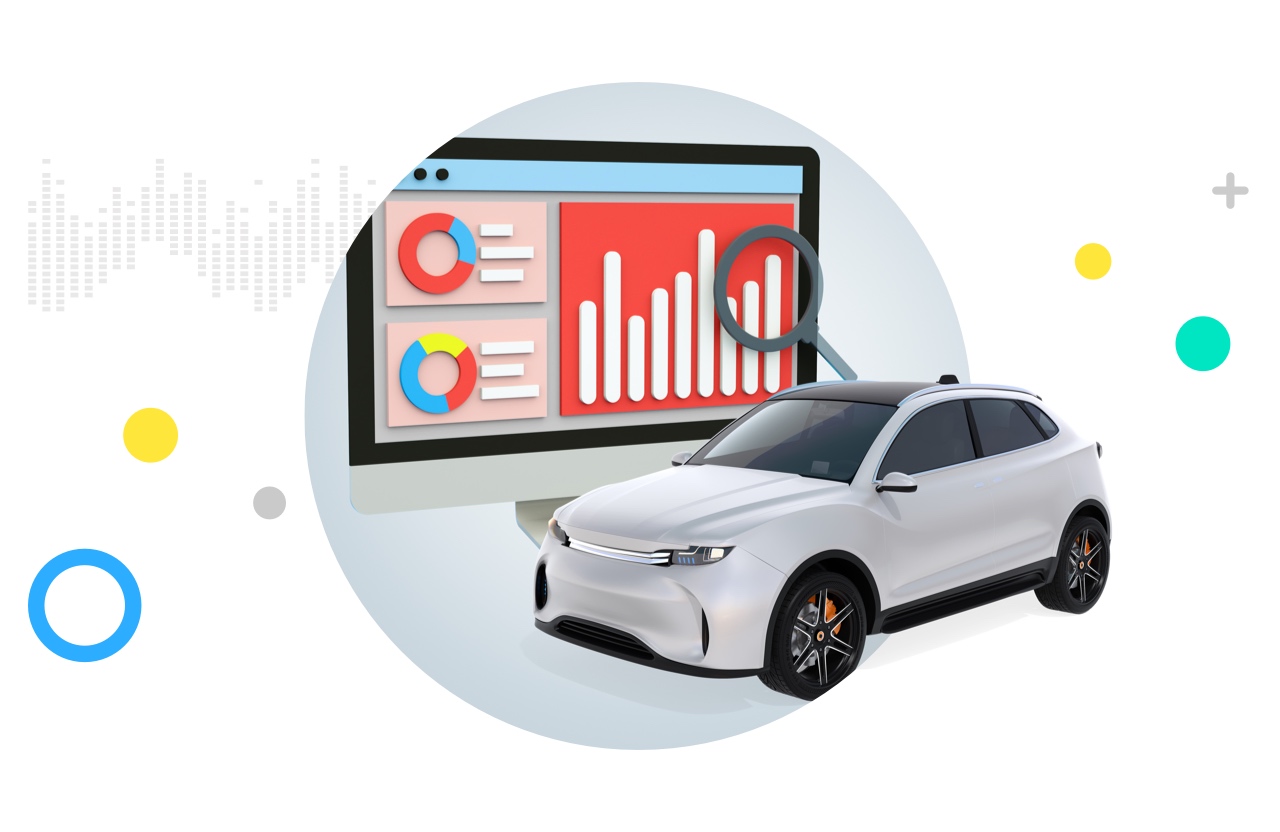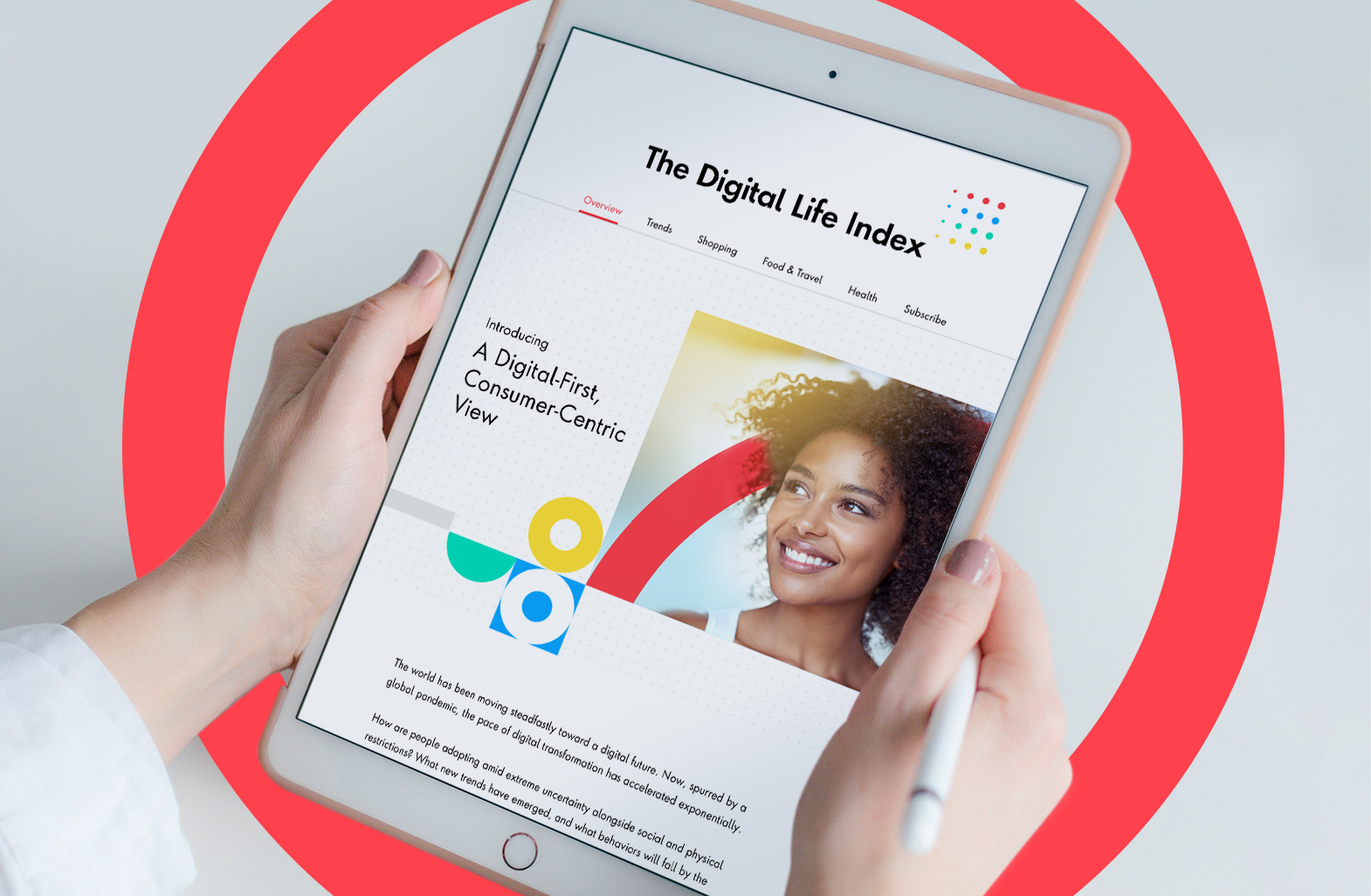What issue can we solve for you?
Type in your prompt above or try one of these suggestions
Suggested Prompt



Transportation & Mobility
Direct-to-Consumer for Cars Is Complicated: Captives Can Help
Direct-to-Consumer for Cars Is Complicated: Captives Can Help
Automotive banks hold a vast majority of customer data, making them best positioned to improve customer experience, expand into adjacent products and services, and forge new business models like direct-to-consumer.
Automotive captives have the opportunity to improve the most important part of the driver experience: the ownership of the car and the usership of emerging new services. When a consumer finances or leases a car, they typically don’t differentiate the interactions they have with the OEM, the dealer or the captive—nor should they. However, the majority of interactions people have with a brand once they buy a car is with the captive, or the automotive bank.
“Traditionally, OEMs manage cars—not customers. Their captives present an opportunity to actually manage customers, establish trust and provide an exceptional experience before, during and after purchase,” says Alexander Steffan, senior principal, management consulting at Publicis Sapient.
In the U.S., 85.5 percent of new vehicles purchased in the second quarter of 2020 were financed and overall, about a third of cars are leased. Similarly in the UK and Germany, the vast majority of vehicles are financed. And with mobility trends moving in the direction of usership-rather than ownership—the proliferation of services like subscriptions, rentals, microtransit, EV charging and in-car software add-ons call for seamless digital payments and financial transactions.
“Think about what the Apple Store, Amazon and PayPal did for consumer goods, media and beyond… how a platform marketplace approach allowed those companies to quickly expand into adjacent products and services. Now imagine it in the context of transportation where payment for the car itself to EV charging to in-car entertainment are brought together all in one place, and how that will elevate the customer experience while providing automotive brands with valuable user data needed to improve those services while expanding into new ones”, says Steffan.
Finance captives already have access to the customer interface and transaction data needed to fuel data-driven processes and new business models, and to forge a more central role within the automotive ecosystem.
“Traditionally, OEMs manage cars—not customers. Their captives present an opportunity to actually manage customers, establish trust and provide an exceptional experience before, during and after purchase,” says
Alexander Steffan , Senior Principal, Management Consulting at Publicis Sapient.
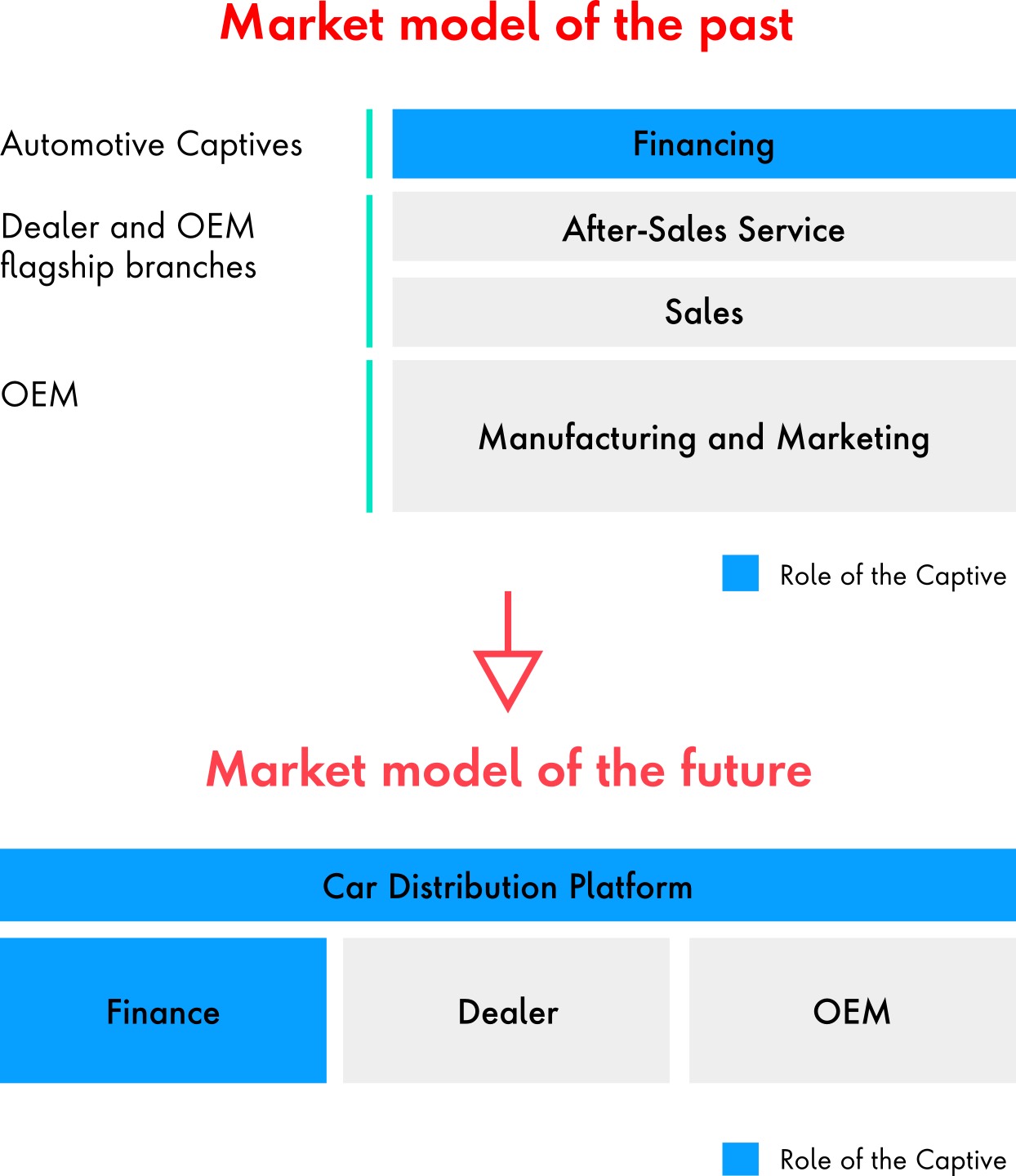
In the current model, captives are beholden to dealers as the main sales channel. Publicis Sapient’s Digital Life Index indicates that most people still prefer to complete the majority of the car buying process at the dealership, but there is ample opportunity for captives to improve the experience. In person, captives can provide various digital processes and services to aid both the dealer and the customer beyond financing to include things like inventory management and loan advice. This can not only build trust with customers, but relieve the anxiety that comes with negotiating, navigating incentives, accounting for fees and taking on monthly payments.
Further, vehicles themselves are only 30 percent of the automotive value chain—the rest consists of services, software, data monetization and other digital or non-tangible offerings. These new services along with traditional test drives and in-depth spec conversations can help dealerships—by way of the captive—provide a new source of customer value.
In the new model, finance captives are at the center of the automotive ecosystem, connecting available inventory with buyers, service bundling and financing through centralized data, a customer engagement platform and a re-imagined sales model.
A new market model with captives at the center

On the flip side, The Digital Life Index also indicates that almost half of those surveyed prefer to purchase online or from a brand showroom, signaling that the dealer may no longer remain the single sales channel for captives. Captives must expand their services to meet customers where they are and where they’d prefer to purchase a vehicle.
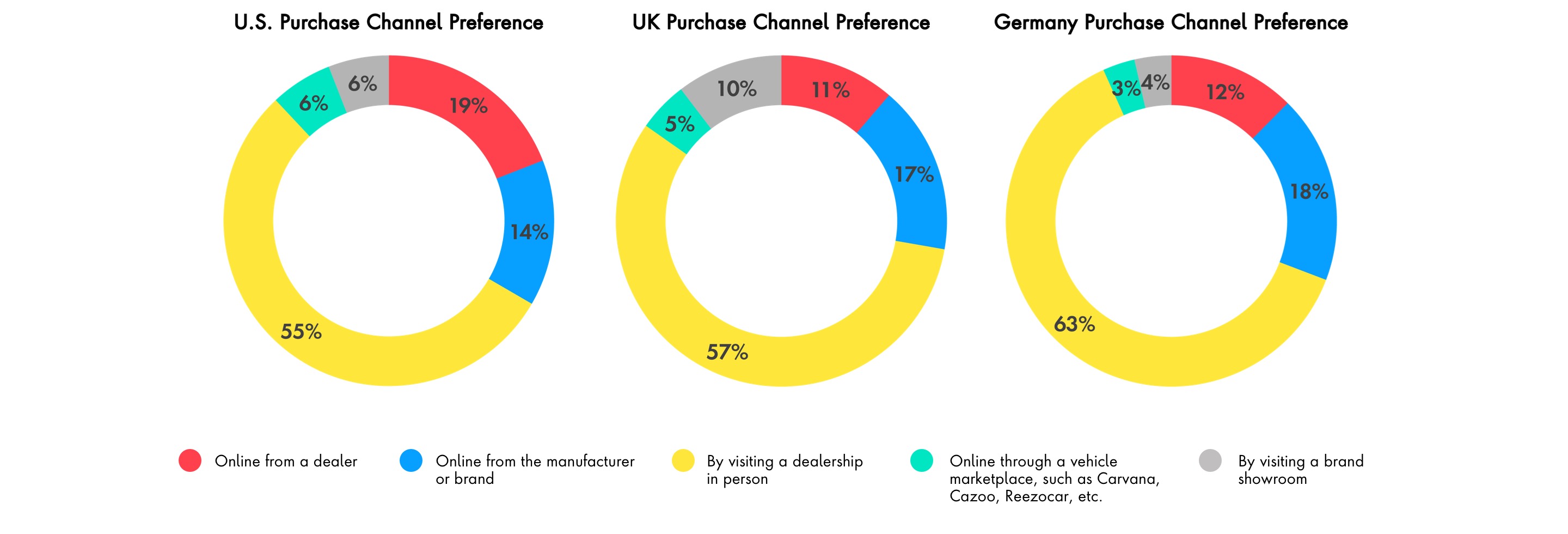
Brands like Tesla, Revolut and Ally Bank (formerly General Motors Acceptance Corporation) are increasing the rate of consumer adoption and comfort levels with online services for major life purchases where customer transactions take place digitally. Round-the-clock account access and customer service, better rates and lower fees have allowed these companies to gain loyal customers and set a new standard for ease of use.
Meanwhile, customers in Asia are setting the pace for automotive e-commerce, where the expectation is that automotive products and services can be accessed and purchased online. This propensity presents an opportunity for North American and European OEMs (and their captives) to trial a hybrid sales approach in Asian markets before expanding to their home markets.
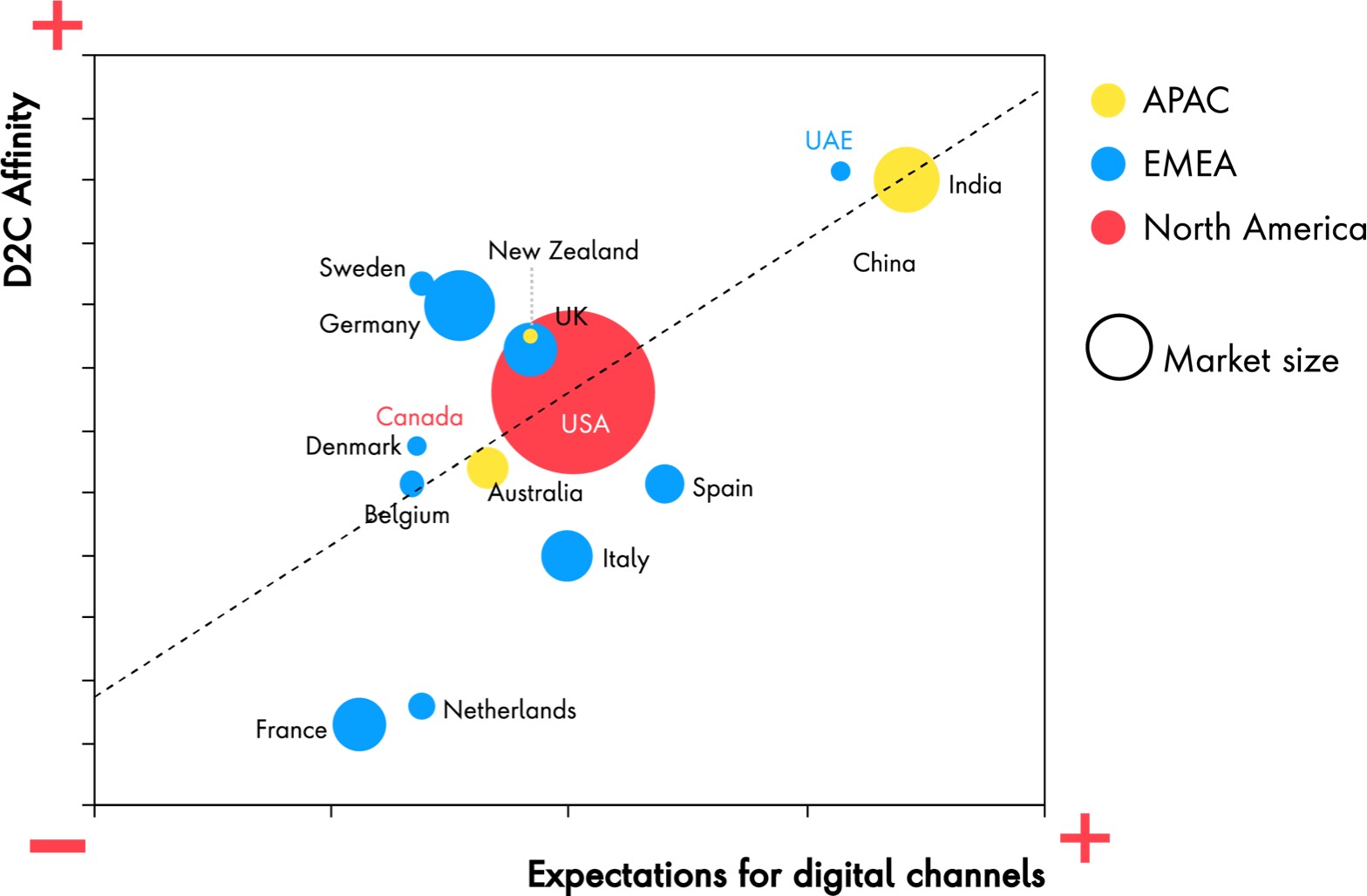
Source: Automotive Customer Report, 2021 Publicis Sapient, Sitecore and Microsoft: What’s next for customer acquisition and loyalty
When it comes to direct-to-consumer (D2C) and digital transactions, captives will own the infrastructure, platform and product required to complete those transactions. They are the OEM’s key to e-commerce, new business models and revenue streams—most of which will be service-based (rather than asset-based).
New revenue streams (services) and how to ramp up the business model
- Set up a customer-and dealer-centric e-commerce hub that dealers can use as a service that can also integrate with the OEM website
- Set up second brands that aren’t beholden to any dealer contracts
- Build an e-commerce solution that allows for configuration, access to inventory and at-home delivery—but purchase confirmation takes place at the dealership (this is a stepping stone to true e-commerce)
Check out our approach to D2C and how we built a solution for a global CPG leader
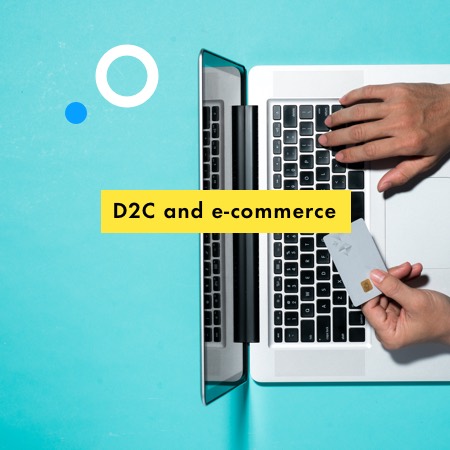
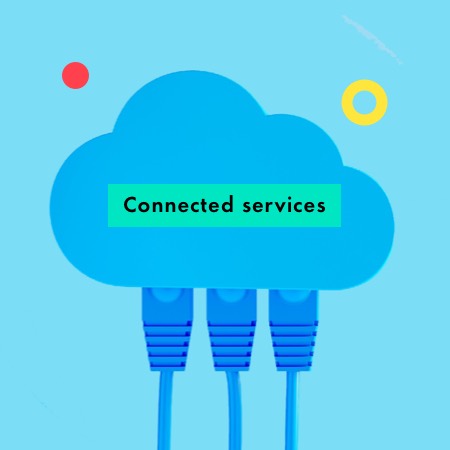
- Set up payment functions for in-vehicle infotainment, software add-ons and microtransactions
- Consider a marketplace approach, a cloud-native solution based on microservices. Adaptive architecture can empower captives to continually improve the customer experience
See how we built this for Miral, Abu Dhabi’s entertainment destination, Yas Island.
- Bring all mobility and infrastructure services like ride-sharing, microtransit and EV charging under one platform, giving customers access through one account and payment method
Listen to how we worked with LA Metro to turn traditional fare cards into digital accounts that include ride-hailing, parking, microtransit and more.
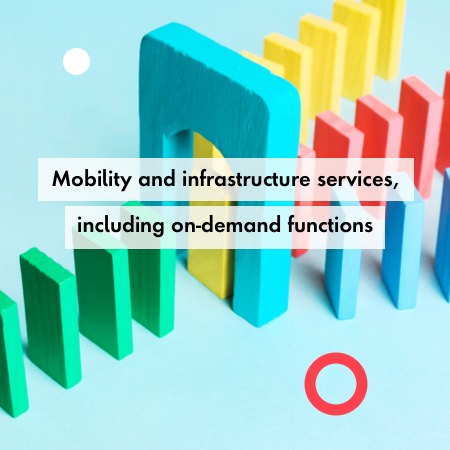
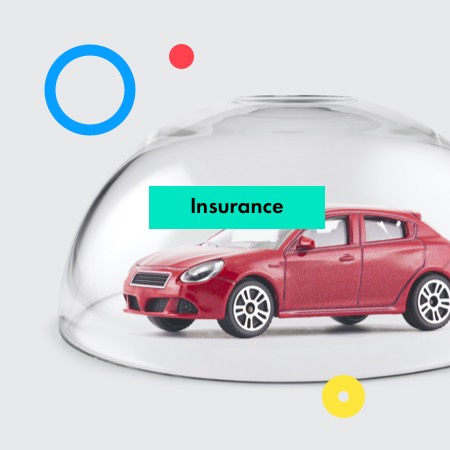
- Micro and temporary insurance offerings (e.g., special protection during vacations, retroactive protection of upgrades), usage-based insurance rates, and customization to actual needs (e.g., more miles)
Read how B2C car insurance might be impacted and how EVs create new opportunities through data.
- Enable payments for EV charging and beyond to include home energy and energy storage solutions
Read how utilities and OEMs alike can find the right partners, business models and customers to tap into the EV energy market.

“One thing is certain: It’ll be important to create an integrated omnichannel strategy that combines the best of both worlds—online and offline—that gives customers the choice of which parts of the purchase process they prefer to be analog vs. digital”, says Philip Beil, transportation and mobility lead for EMEA and APAC.
Automotive captives will be a crucial part of that.
Digital solutions & accelerators
-
![Rapid Response]()
Rapid Response
Response Teams (RRTs) explore many solutions that companies can adopt in the near-future to unlock new areas of value and strengthen their positions in the market.
-
![]()
Digital Marketing Assessment for Automotive
The digital marketing operating system assessment measures an automaker’s digital maturity and develops a prioritized roadmap to transform customer engagement.
-
![the Digital Life Index]()
The Digital Life Index
When consumers return to their normal modes of transportation, what will drivers and riders expect? Read our insights and recommendations here.






